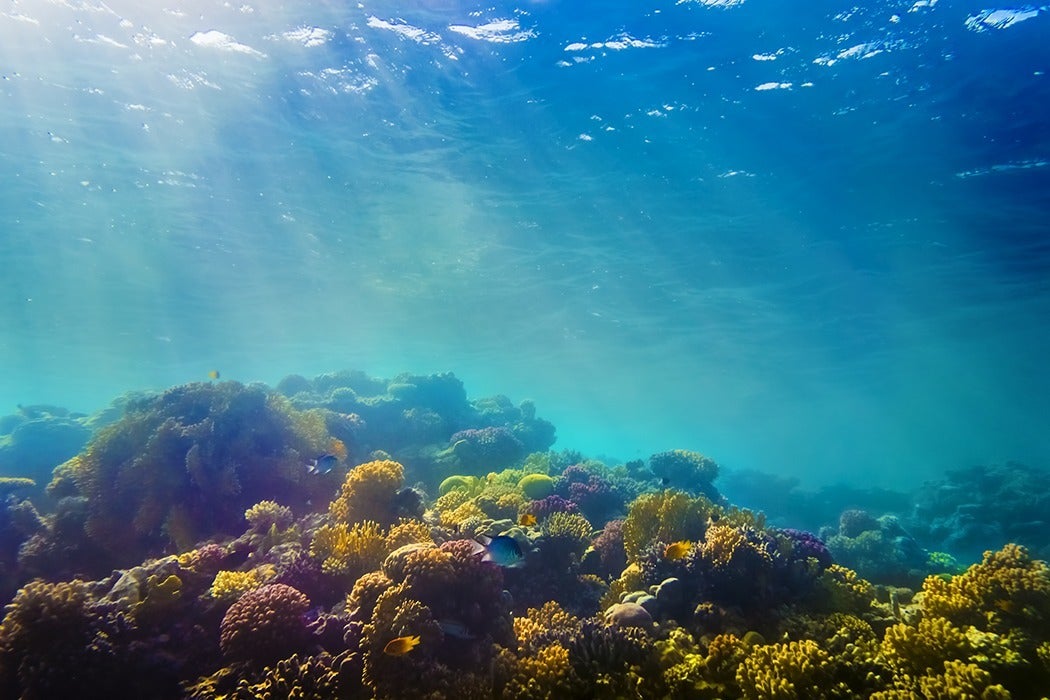We’ve all heard about how overfishing, rising water temperatures, direct destruction, and acidification are besieging coral reefs on all sides. And yet despite all that, some coral reefs are thriving, full of healthy corals and abundant fish. A study analyzed thousands of reefs and identified several that are in good shape despite the challenges facing them. So there must still be pristine, remote reefs that humans have not yet wrecked, right? But there’s the rub—all of the healthiest reefs in a global study are heavily used and managed by humans.
Research suggests that the nature of human influence is crucial to success. People exploit reef systems, especially fish, for survival and economic gain. Poor tropical nations, where the bulk of coral reefs are located, do not have the resources to provide fisheries assessments or enforcement at the national scale, so many resources are exploited at the local level. Good resource management works with human users rather than trying to pretend that humans are not part of the system. Such schemes, called collaborative management, (comanagement for short) depend heavily on local institutions.
When local users truly have a stake in future resource use, they tend to devise systems where everyone collaboratively manages the resource. For example, comanaged reefs in Papua New Guinea are closed to fishing periodically, by mutual agreement between users.
Clearly, there are kinks to be worked out. In the absence of strong national institutions, local elites can dominate a comanaged area, leading to overexploitation. These systems are also most effective under stronger economic conditions. Those living with dire poverty are not in a position to think long-term.
The bigger problem is that not every problem can be addressed locally. Global threats like greenhouse emissions are well beyond the influence of local fishers. However, even global threats are not insurmountable. Researchers have figured out a solid approach to combat coral bleaching, caused by rising water temperatures. There are areas of coral that naturally resist bleaching (resistant), and areas, such as those with a robust fish community, positioned to rebound after a bleaching event (resilient). Those resistant or resilient areas can be incorporated into protected zones.
Perhaps instituting sustainable comanagement in those areas is even better than protecting resistant reefs. Some properly comanaged reefs may already fall into the resilient category. Comanagement turns the old adage on its head: It’s about thinking locally, acting globally.







